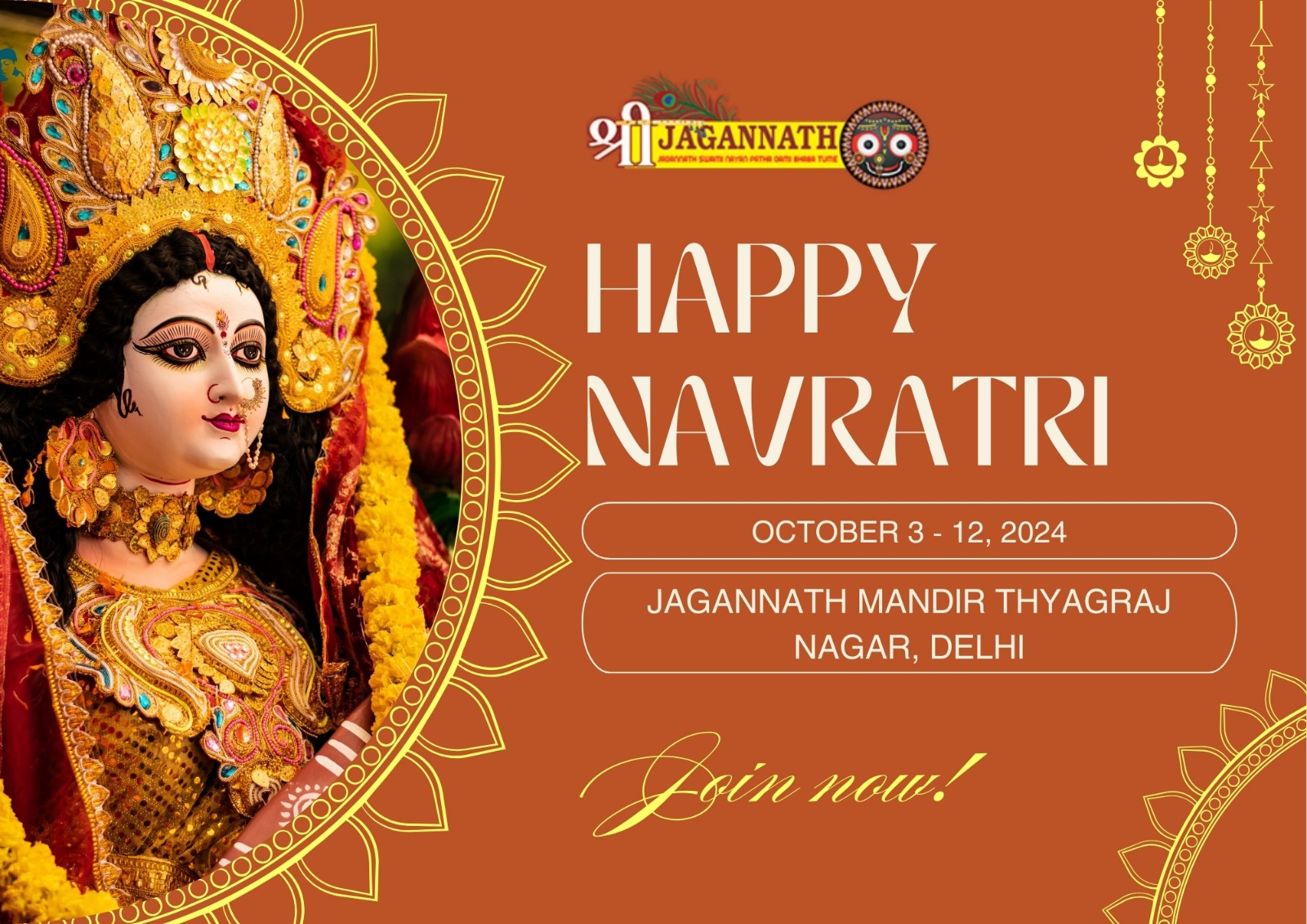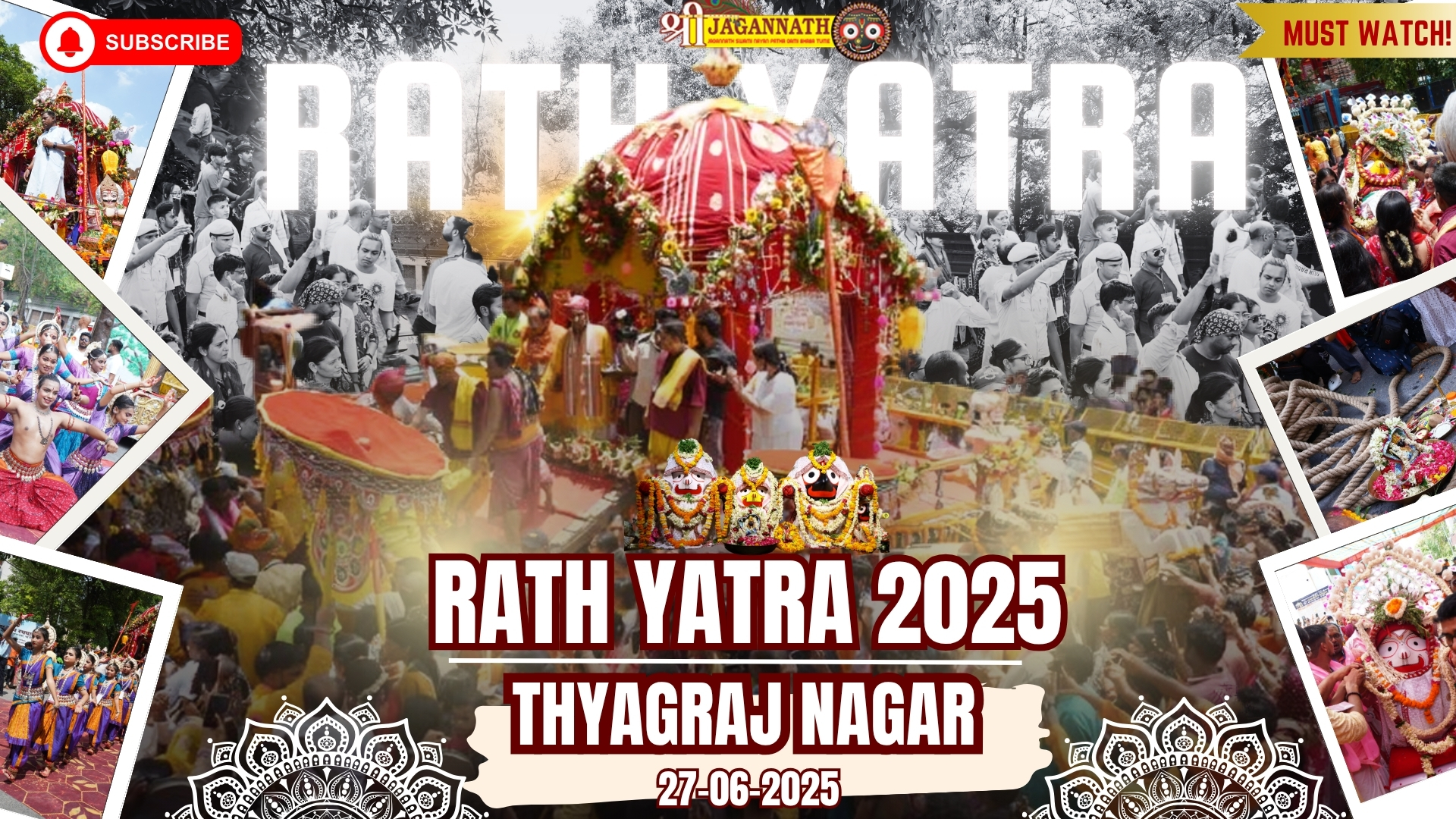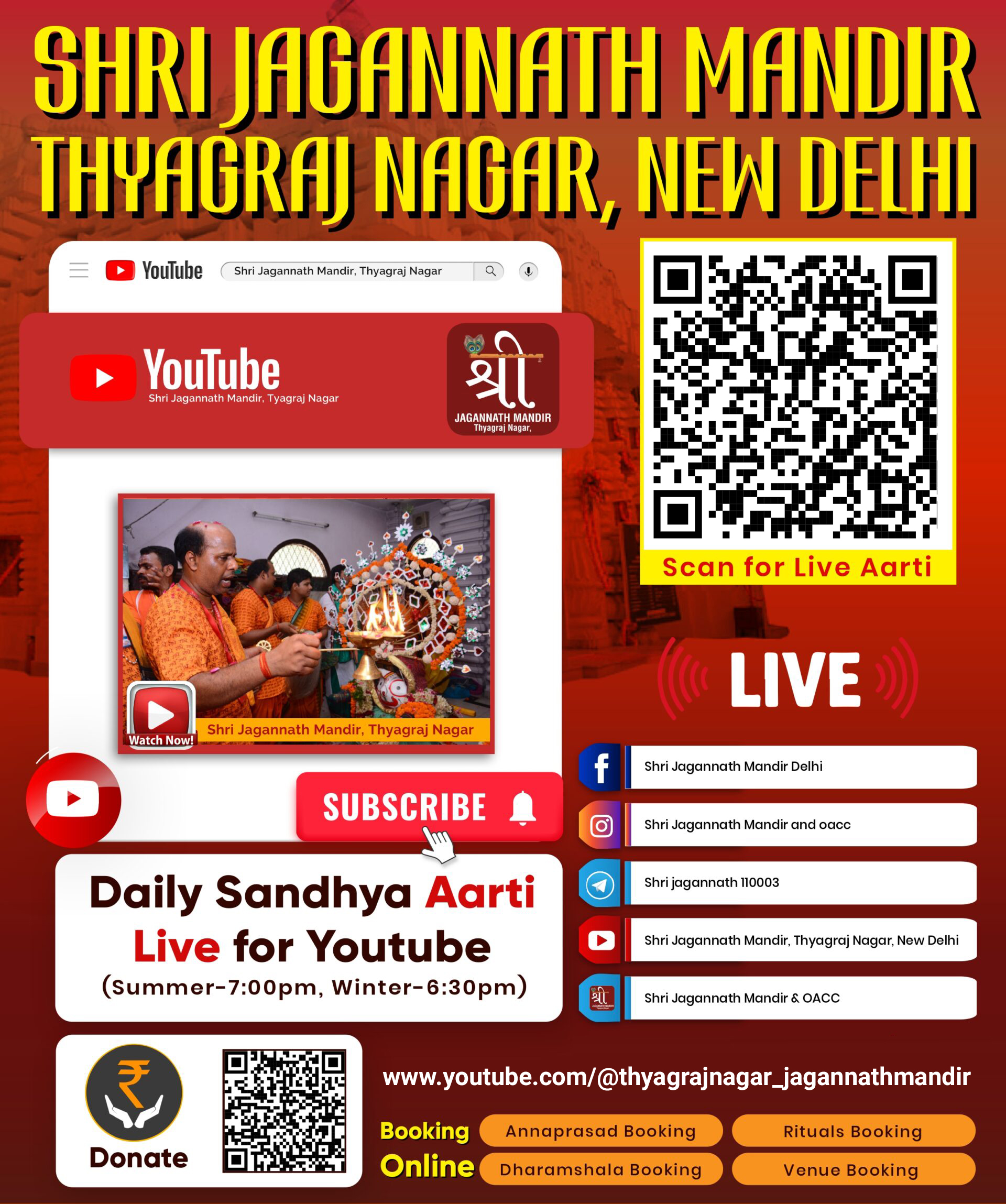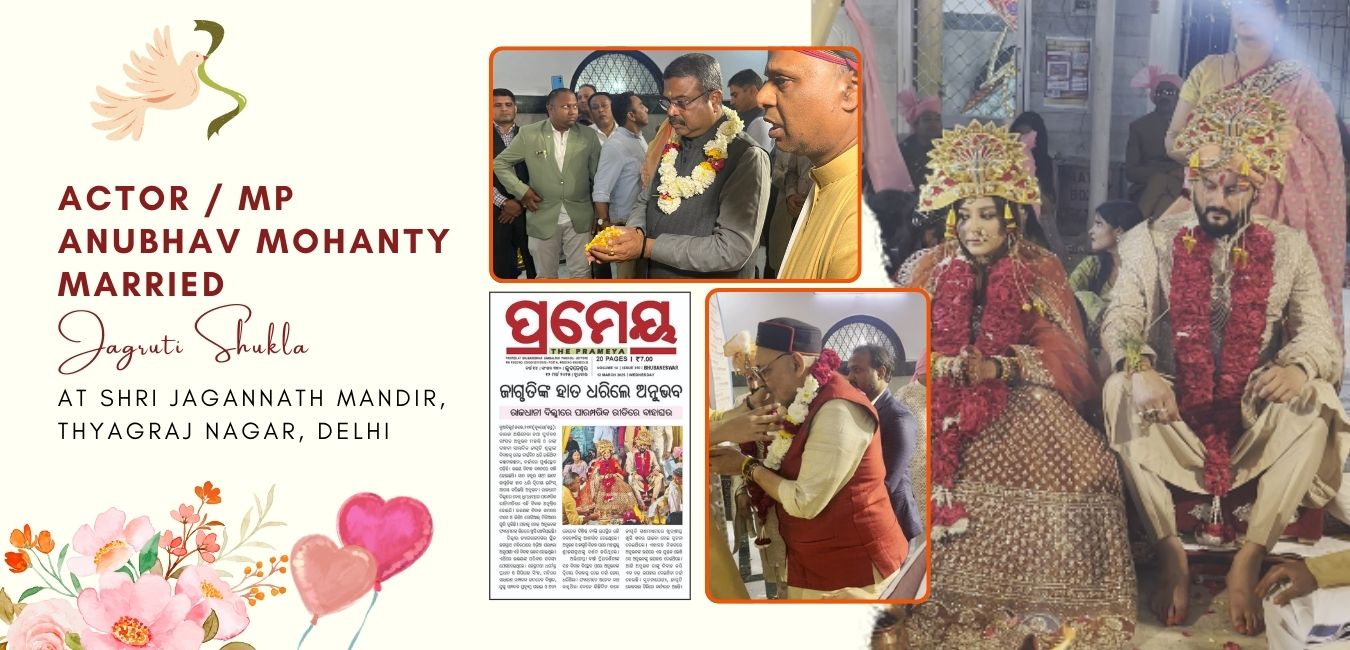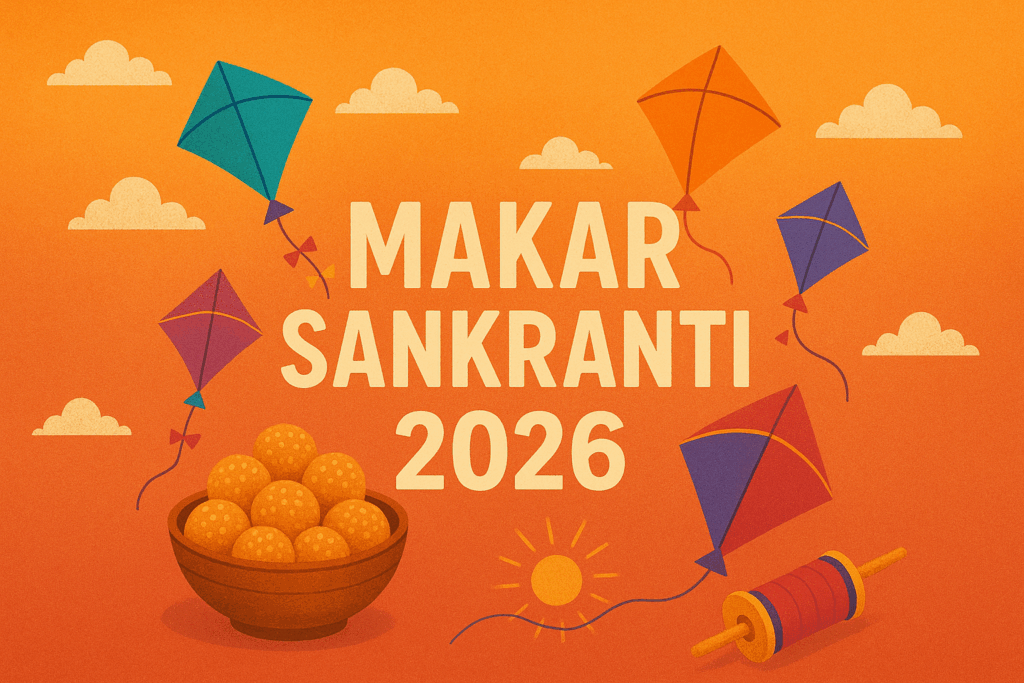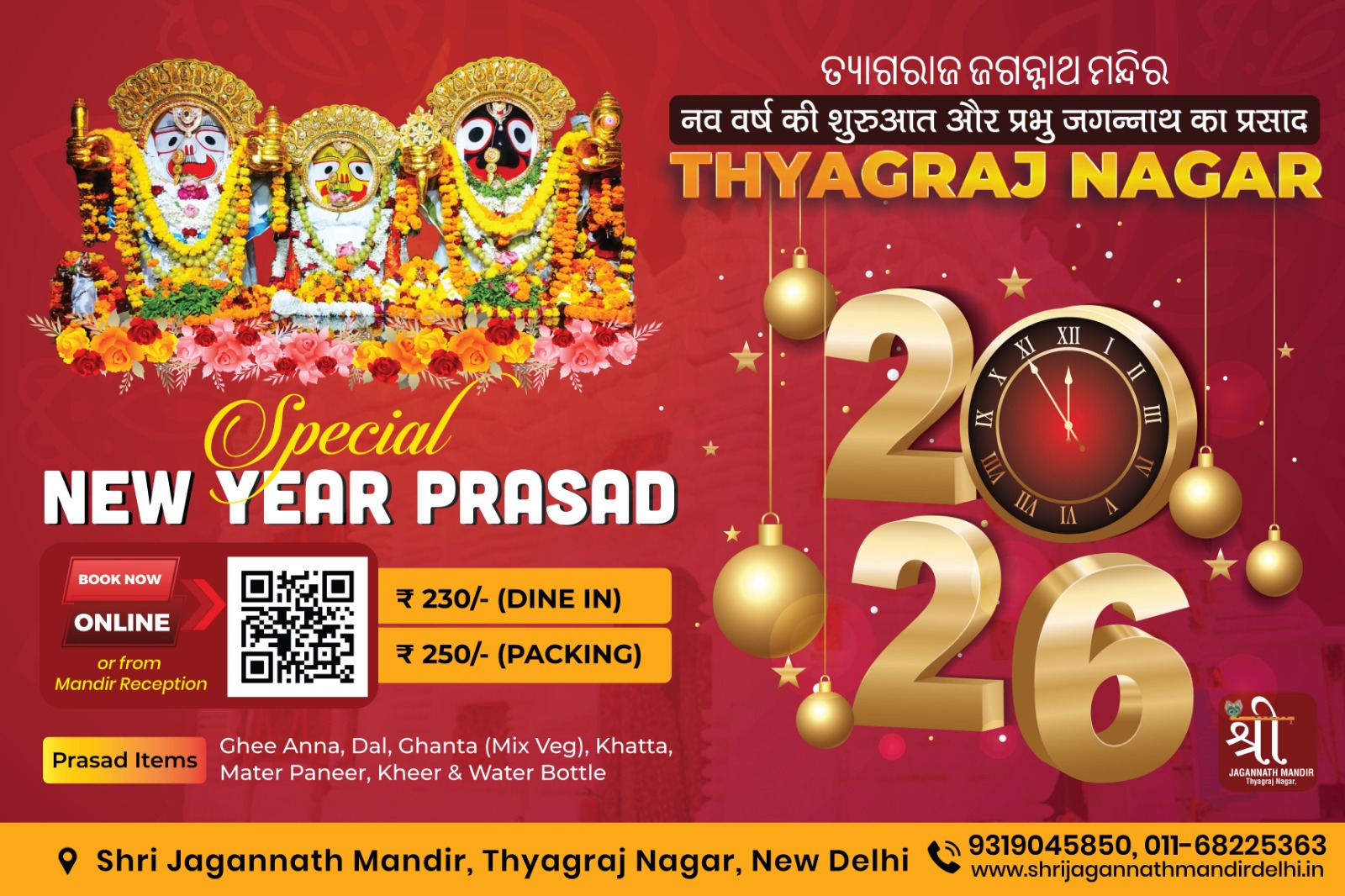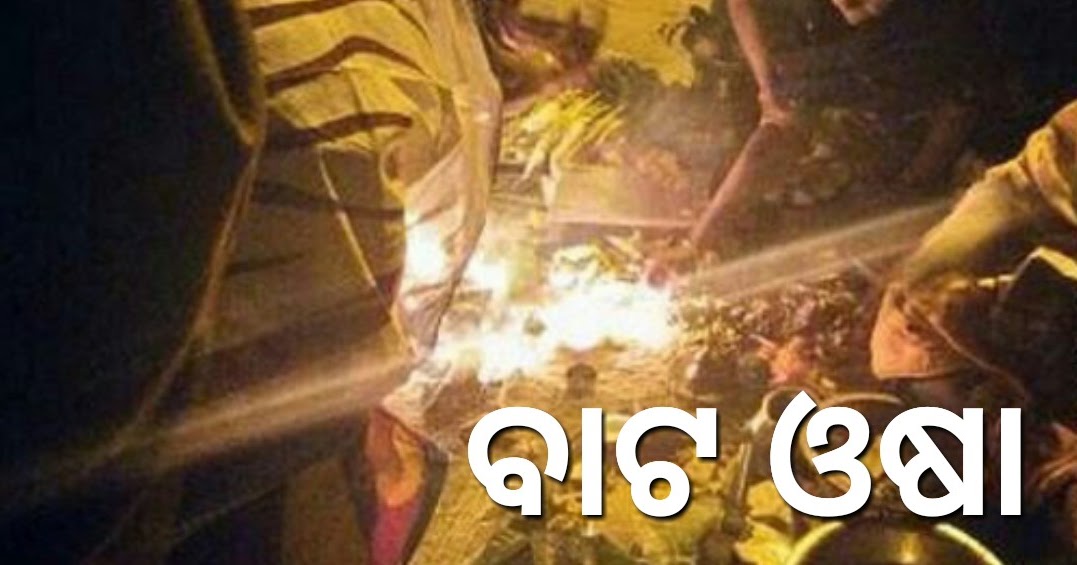Navratri, the festival dedicated to the worship of Goddess Durga, is one of the most widely celebrated festivals in India. It lasts for nine nights, during which devotees engage in prayers, fasting, and cultural activities. In 2024, Navratri will be celebrated from 3rd to 12th October at Shri Jagannath Mandir, Thyagraj Nagar, Delhi, with grandeur and devotion. This article provides a detailed insight into the Navratri Puja Vidhi, rituals, and the spiritual significance of each day of the festival.
Significance of Navratri
Navratri holds immense importance in Hinduism as it symbolizes the victory of good over evil. The festival is dedicated to Goddess Durga, who fought and defeated the demon Mahishasura. Each day of Navratri is associated with a different form of Goddess Durga, and devotees worship these forms for blessings, protection, and the removal of obstacles.
Shri Jagannath Mandir in Thyagraj Nagar, Delhi, is known for its vibrant and grand Navratri celebrations. Devotees flock to the temple to take part in the puja rituals, enjoy the festive atmosphere, and seek the blessings of Goddess Durga.
Navratri Puja Vidhi (Rituals)
Navratri puja at Shri Jagannath Mandir follows the traditional rituals, which are performed with utmost devotion. Here’s a step-by-step guide to the Navratri Puja Vidhi:
1. Ghatasthapana (Kalash Sthapana)
- Day 1 (3rd October 2024): Navratri begins with Ghatasthapana, the installation of a sacred Kalash, which symbolizes the universe and is a form of invoking Goddess Durga.
- The Kalash is filled with water, and five mango leaves are placed around its neck. A coconut covered with a red cloth is placed on top of the Kalash.
- The Kalash is placed on a bed of sand, which is then sown with barley seeds. The growing barley represents prosperity.
- Mantra: While performing Ghatasthapana, the mantra “Om Aim Hreem Kleem Chamundayai Vichche” is chanted.
2. Durga Puja
- Every day during Navratri: Devotees offer prayers to the nine forms of Goddess Durga, known as Navadurga. Each day is dedicated to a different form of the goddess, with specific mantras and offerings made to invoke her blessings.
| Day | Goddess | Significance |
|---|---|---|
| Day 1 | Shailaputri | The embodiment of the collective power of Brahma, Vishnu, and Shiva. |
| Day 2 | Brahmacharini | Symbolizes penance and austerity. |
| Day 3 | Chandraghanta | Represents beauty and bravery. |
| Day 4 | Kushmanda | The creator of the universe. |
| Day 5 | Skandamata | The mother of Skanda, or Kartikeya. |
| Day 6 | Katyayani | The warrior goddess. |
| Day 7 | Kalaratri | The fierce and destructive form of the goddess. |
| Day 8 | Mahagauri | The epitome of purity and serenity. |
| Day 9 | Siddhidatri | The granter of supernatural powers or Siddhis. |
- Offerings: Flowers, fruits, and special foods such as kheer, halwa, and puris are prepared and offered to the goddess every day.
- Mantra: Recitation of Durga Saptashati (a collection of 700 verses) is done to glorify the goddess and seek her divine protection.
3. Kumari Puja
- Day 8 (Ashtami): Kumari Puja, also known as Kanjak Pujan, is a significant ritual where young girls, representing the goddess, are worshipped.
- Rituals: The feet of the girls are washed, and they are adorned with red clothes and flowers. Devotees offer them food, sweets, and gifts as a form of respect and honor.
- Significance: This ritual signifies the worship of the goddess in her purest and most innocent form.
4. Sandalwood Tilak and Aarti
- Each day of Navratri, devotees apply a sandalwood tilak on their foreheads after performing the puja. This is believed to purify the mind and body.
- The puja concludes with the Aarti, a devotional song sung in praise of the goddess. The aarti is performed with a lit lamp that is waved in a circular motion in front of the deity to express devotion and gratitude.
Fasting Rituals During Navratri
Fasting is an integral part of Navratri, and many devotees observe fasts to purify their bodies and minds. At Shri Jagannath Mandir, special arrangements are made for devotees who are fasting. The following fasting practices are observed:
1. Types of Fasting
- Full Fast: Only water and fruits are consumed throughout the day. This type of fasting is considered the most rigorous.
- Partial Fast: Devotees consume one meal a day, usually after sunset. The meal consists of special foods such as sabudana (tapioca pearls), kuttu ki puri (buckwheat flour), and fruits.
2. Breaking the Fast
- On the ninth day (Navami), devotees break their fast by offering prayers to the goddess and consuming prasad.
- In some traditions, devotees break their fast after performing the Kumari Puja on Ashtami.
3. Navratri Special Thali
- Shri Jagannath Mandir provides a Navratri Special Thali for devotees who are fasting. The thali includes kuttu ki puri, aloo sabzi, sabudana khichdi, fruit salad, and sweets like kheer.
- The thali can be pre-booked at the temple or ordered online via Zomato and Swiggy for home delivery.
Cultural Celebrations and Garba
In addition to the religious rituals, Navratri is celebrated with cultural activities such as Garba and Dandiya Raas. These traditional dance forms are performed in the temple premises during the evenings. Devotees, dressed in vibrant traditional attire, participate in the dances to express their devotion to Goddess Durga.
At Shri Jagannath Mandir, special arrangements are made for Garba nights, and the temple is beautifully decorated with lights, flowers, and rangolis. Devotional songs and bhajans dedicated to the goddess are played, adding to the festive atmosphere.
Navratri Vrat Katha
The Vrat Katha is an important part of Navratri rituals, as it narrates the story of Goddess Durga’s triumph over evil. Listening to the Vrat Katha is believed to purify the soul and bring peace and prosperity.
The Vrat Katha is recited at Shri Jagannath Mandir every day during Navratri, and devotees are encouraged to listen to it with full devotion. The story highlights the significance of devotion, faith, and perseverance in overcoming difficulties in life.
Conclusion: Celebrate Navratri with Devotion
Navratri is not just a festival; it is a spiritual journey that allows devotees to connect with the divine power of Goddess Durga. At Shri Jagannath Mandir, Thyagraj Nagar, Delhi, the festival is celebrated with grandeur, devotion, and enthusiasm. From the traditional puja rituals to the vibrant Garba nights, the temple provides a unique experience for devotees to immerse themselves in the spirit of Navratri.
Whether you are observing fasts, participating in the puja, or enjoying the cultural festivities, Navratri at Shri Jagannath Mandir is an opportunity to seek the blessings of the goddess and experience the triumph of good over evil. Don’t forget to try the Navratri Special Thali, available for booking at the temple or online via Zomato and Swiggy.
May this Navratri bring peace, prosperity, and happiness to all!


